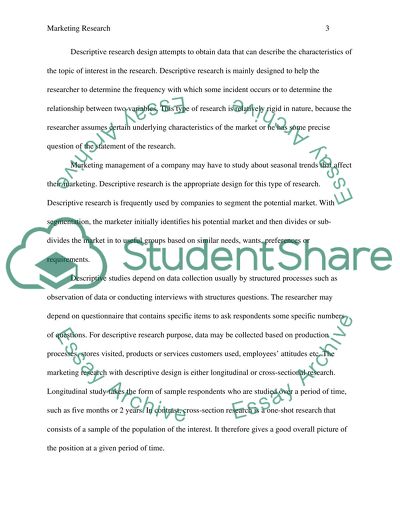Cite this document
(“EXAM PREPARATION (MARKETING RESEARCH) Essay Example | Topics and Well Written Essays - 1500 words”, n.d.)
EXAM PREPARATION (MARKETING RESEARCH) Essay Example | Topics and Well Written Essays - 1500 words. Retrieved from https://studentshare.org/marketing/1680581-exam-preparation-marketing-research
EXAM PREPARATION (MARKETING RESEARCH) Essay Example | Topics and Well Written Essays - 1500 words. Retrieved from https://studentshare.org/marketing/1680581-exam-preparation-marketing-research
(EXAM PREPARATION (MARKETING RESEARCH) Essay Example | Topics and Well Written Essays - 1500 Words)
EXAM PREPARATION (MARKETING RESEARCH) Essay Example | Topics and Well Written Essays - 1500 Words. https://studentshare.org/marketing/1680581-exam-preparation-marketing-research.
EXAM PREPARATION (MARKETING RESEARCH) Essay Example | Topics and Well Written Essays - 1500 Words. https://studentshare.org/marketing/1680581-exam-preparation-marketing-research.
“EXAM PREPARATION (MARKETING RESEARCH) Essay Example | Topics and Well Written Essays - 1500 Words”, n.d. https://studentshare.org/marketing/1680581-exam-preparation-marketing-research.


